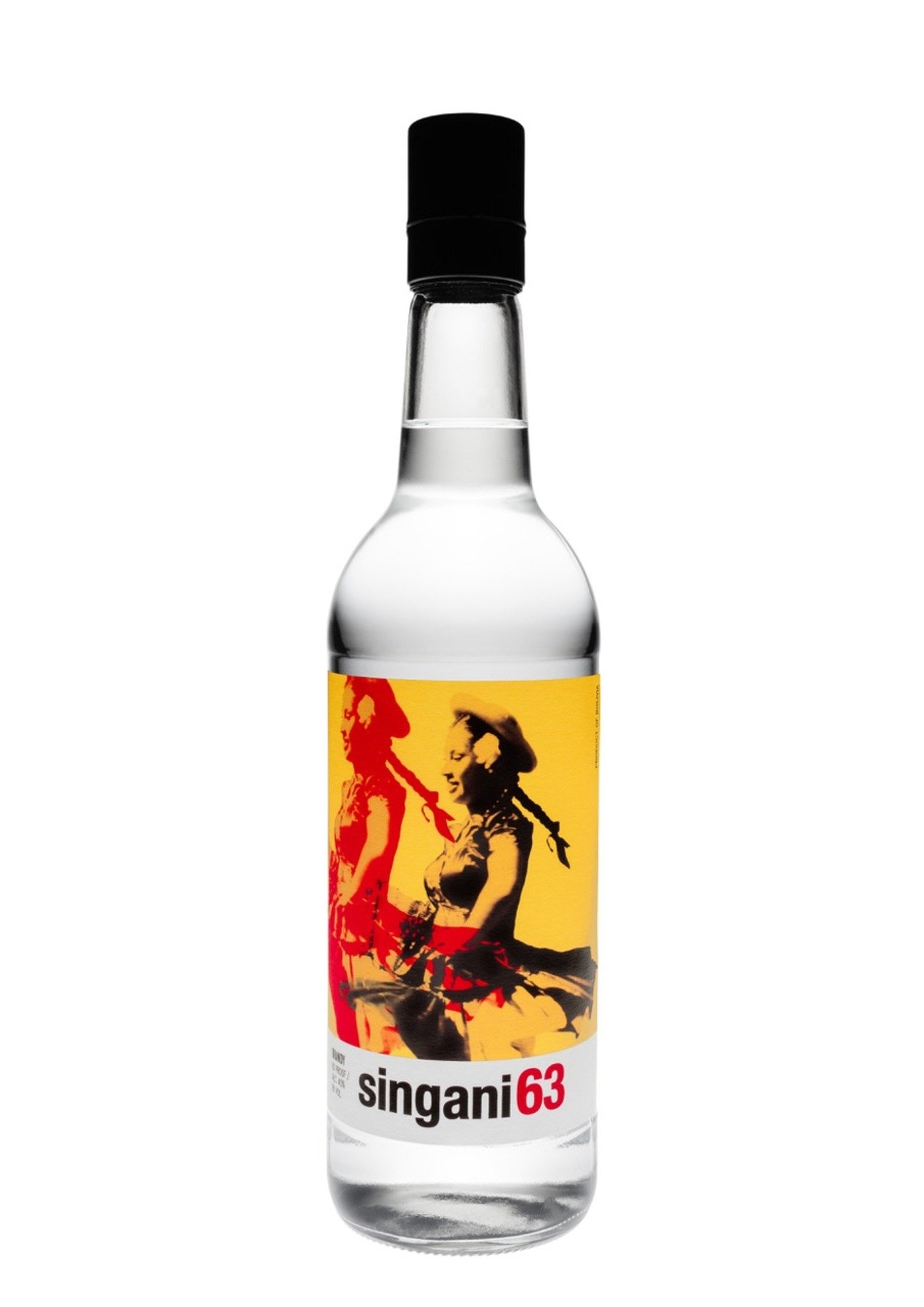Why Steven Soderbergh is Bringing Singani 63 to the U.S.
Steven Soderbergh
In 2007, while filming “Che” in Bolivia, director Steven Soderbergh tried, and loved, the national spirit, Singani. Made from Muscat of Alexandria grapes for over 500 years, the uniquely aromatic and floral clear brandy must be produced, as required by its Domain of Origin, in the Bolivian Andes at an altitude of over 5200 feet. The Bolivian government established the D.O. (denomination of origin) for the spirit in 1992 to distinguish it from the aguardientes, cachaças and piscos of neighboring Chile, Brazil, and Peru. Singani is 80% ABV made from Moscatel de Alejandría wine and is one of if not the oldest spirit in the Americas, dating back to when grapes were first planted by missionaries in the Andean highlands.
Singani 63
Bringing singani to the U.S.
Like any intrepid world traveler, Soderbergh wanted to buy a few bottles of Singani to drink at home. Like any well-connected celebrity, when he found the spirit was unavailable in the US, he partnered with Casa Real, Bolivia’s leading Singani producer, to make a version for distribution in the US and, later, the UK, and named it for his birth year, Singani 63.
It took an eight year effort, but early this year, the Alcohol and Tobacco Tax and Trade Bureau of the U.S. Department of the Treasury (TTB) officially recognized Bolivian Singani as a unique type of Brandy and a distinctive product of Bolivia. Soderbergh’s accomplishments in promoting Singani, co-sponsored by the Bolivian government, has big financial ramifications in the global liquor industry. “The last spirit to get recognized was [Brazilian] cachaça [in 2013],” says Soderbergh. “This type of recognition is important for the industry, but for the culture of Latin America as well.”
How to drink singani
So how do you drink singani? In Bolivia, the brandy is served in refreshing cocktails like the Chuflay (a highball of singani, ginger ale or Sprite, and fresh lime) or the Yungueño (singani, simple syrup and icy cold fresh OJ) or in hot drinks for cold Andean nights like the Té con Té (hot tea with singani and lime) or the Sucumbé (a hot nog of milk, egg, singani, and cinnamon).
The spirit tastes great as a highball with soda or tonic, but many bartenders suggest a sour like a gimlet or daiquiri as a way to best understand how the spirit works in cocktails. Its floral fruity aroma can really be enhanced by the citrus and its natural sweetness and body helps balance the drink to make a delicate version of a familiar cocktail.
Ferris Wheel at Chicago’s Meadowlark photo credit Clayton Hauck
The Ferris Wheel
In the Ferris Wheel, a cocktail from the World’s Fair themed Magic City menu at Chicago’s Meadowlark, Beverage Director Abe Vucekovich chose Singani 63 as one of the high altitude spirits in the snow-cone like beverage, along with Genepy and a French melon liqueur. The combination is subtle, aromatic, and greater than the sum of its parts. “These grapes are grown at high altitude, and when grapes struggle, cool things happen.” He loves Singani for those tropical and floral notes. “I don’t have to fuss around with an infusion, the spirit is giving me all the flavor.” The body and mouthfeel work beautifully in cocktails. “Because of its structure and intensity,” says Vucekovich, “the Singani stands next to things very proudly.”



